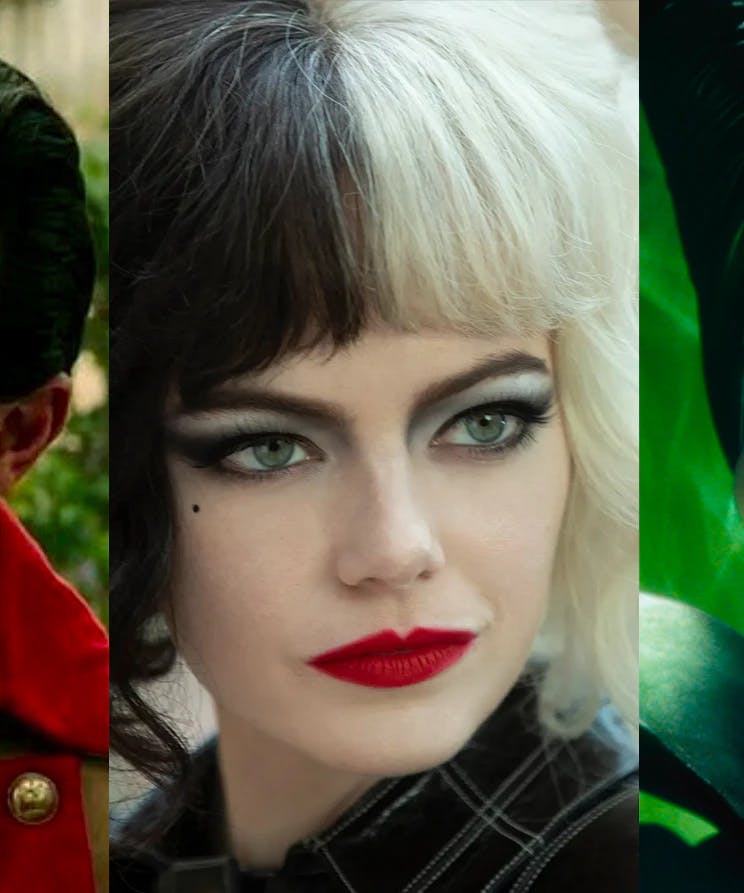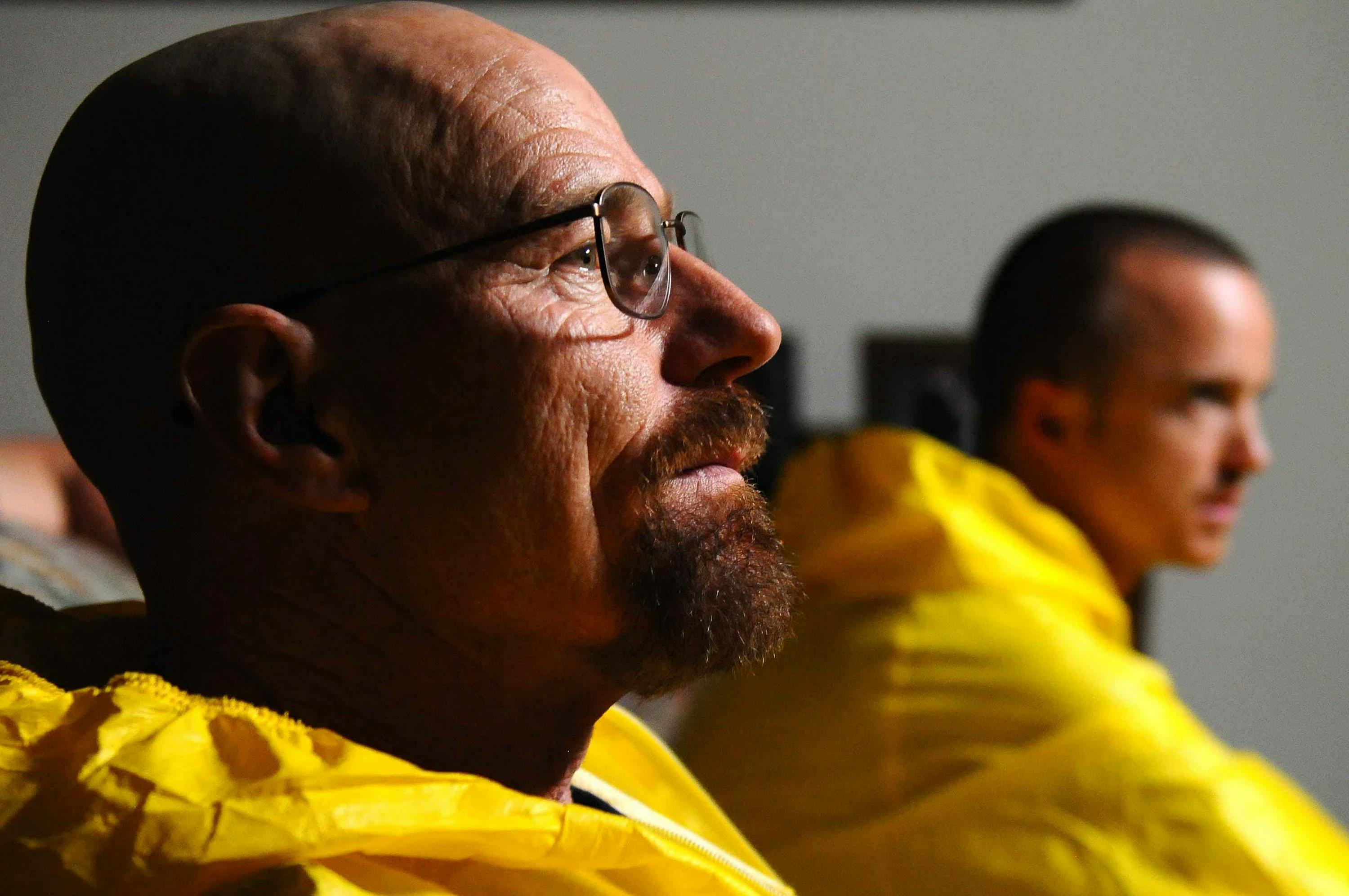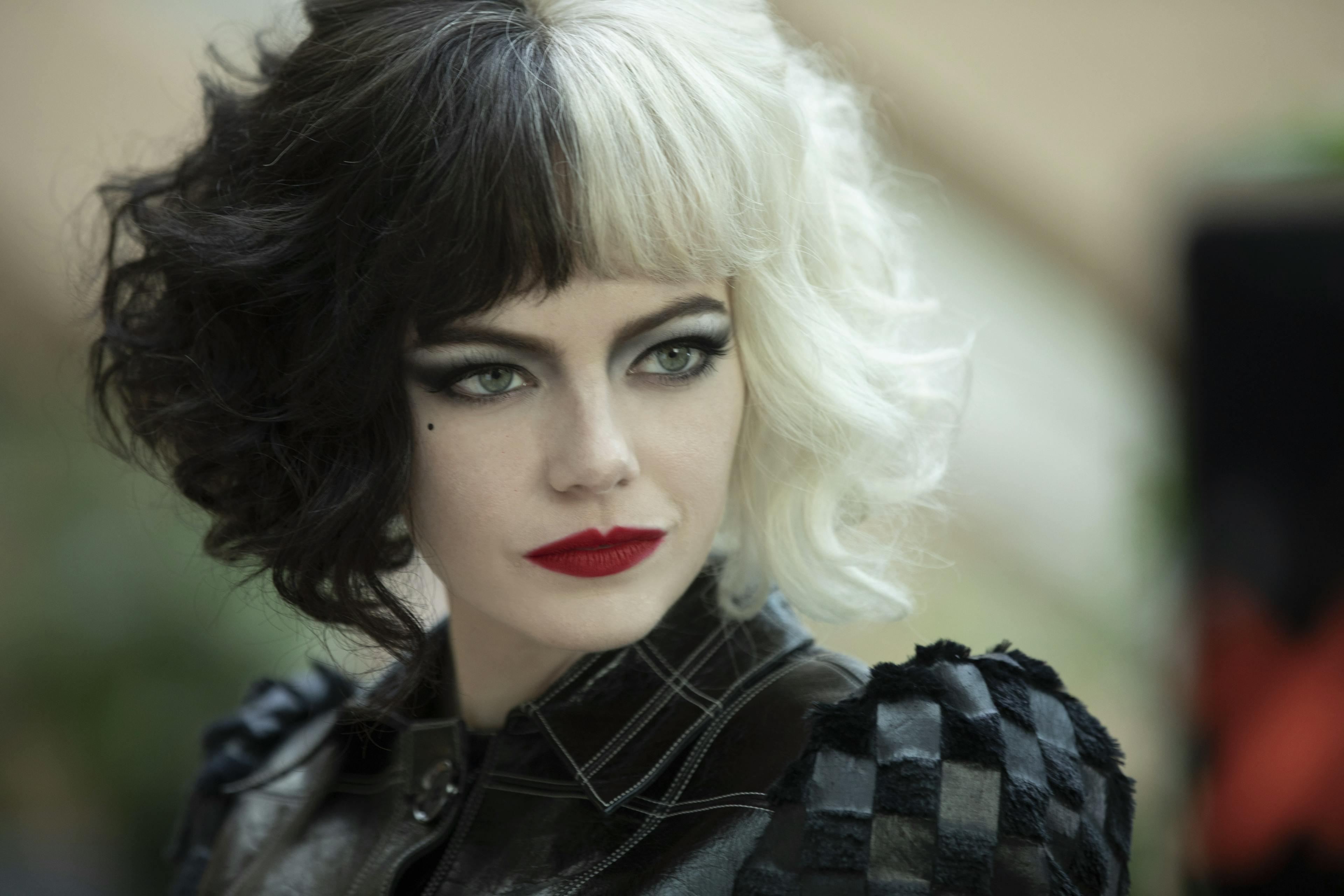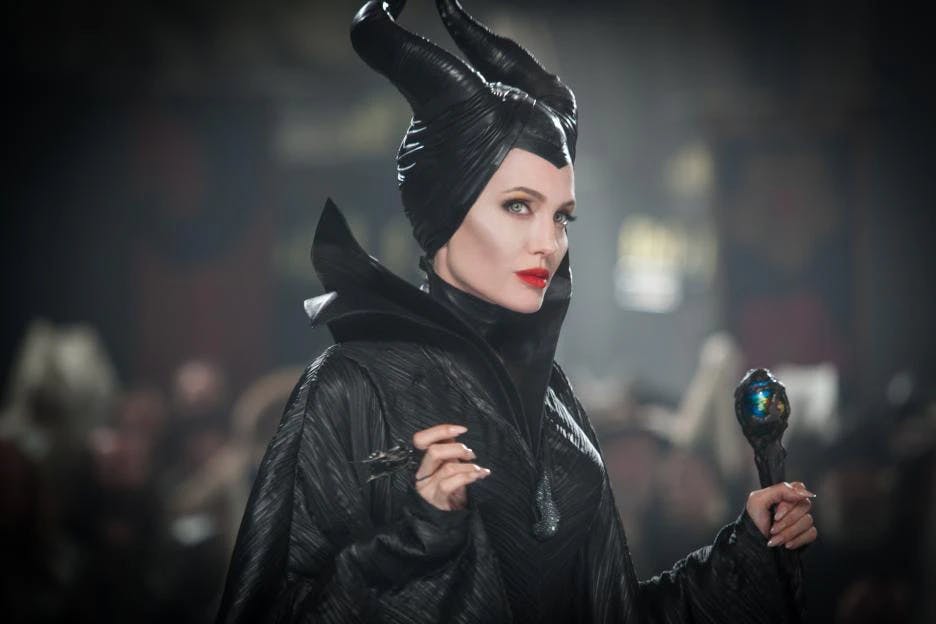Why Does Disney Insist On Redeeming Their Villains?
We’ve come a long way from the days of Superman. Now, characters don’t even have to be good in order to get their story told.

Not too long ago, the heroes of the stories we told looked like Superman — the famous comic book character who was the embodiment of morality, strength, and virtue. Of course, Superman was what the world needed when he first came on the scene in 1938. We were recovering from the Great Depression and on the brink of World War II, a time of unprecedented evil and chaos. By the end of the war, we had a crystal clear understanding of the line between good and evil, and Superman perfectly illustrated the desire to pursue goodness.
In later years, we began to see a shift in society commonly referred to as postmodernism, a philosophy that encouraged the tearing down of traditional values and ethics, religion, and our understanding of morality. Postmodernism pushed the notion that morality was more of a personal choice, that right and wrong were closer to subjective feelings than objective truth.
Eventually, this line of thinking found its way into the art we created and the stories we told. Without the traditional guideposts to tell us what was good and what was evil, it became more challenging to understand the difference between our heroes and our villains. Cue the rise of the anti-hero.

What’s an Anti-Hero?
Our classic heroes have always possessed admirable qualities, fought for what was right, and invariably had the best intentions, like Captain America. But in this new age of ambiguous morality, our interests have been refocused on a different kind of hero — the anti-hero, a charismatic and complex yet possibly evil protagonist whose loyalties don’t always lie with the greater good, but often with themselves and their own interests. Yet, audiences find themselves empathizing with the anti-hero.
We see this plainly depicted in Breaking Bad, a show that follows Walter White on his journey from being a weak and lame high school chemistry teacher to becoming an influential, ruthless drug lord. In The Sopranos, audiences watched as a family of criminals gained power through murderous means. In Megamind, we rooted for Megamind to become a more successful supervillain. And in The Dark Knight, despite Batman acting as our classical hero, many worshipped the Joker, a compelling, intelligent, and evil villain whose hunger for control resonated a little too deeply with some male audiences — so much that the Joker got his own movie.
Now Disney Is In on It Too
The rise of the anti-hero has even snuck into our most beloved Disney tales. Maleficent gave us a peek into the villain’s past, where she wasn’t always so bad — that is, until her loyalties shifted after being betrayed, making her into the evil, cold-blooded woman we all knew in Sleeping Beauty. Gaston, the narcissistic, greedy villain of Beauty and the Beast is slated to have his own prequel, diving into his backstory. Cruella de Vil, the puppy-killing antagonist of 101 Dalmatians will get her close-up later this year, with the release of Cruella.

Backstory Isn’t Bad, but It’s Tricky with Villains
It’s not necessarily wrong to delve into a villain’s backstory. It can be eye-opening to see the full picture of a character’s journey, the trauma they’ve endured, what pain they’ve felt in their life that led them to want to hurt others. It isn’t unethical to want to know why a character is evil. But too often, audiences aren’t only asked to watch as the most infamous villain’s motives are explained — we’re encouraged to empathize with them and their questionable choices, leading us into murky territory.
A villain’s backstory might make for an interesting one, but we fall into the trap of blurring the lines between good and evil when empathy for their decisions enters the picture. Once we begin to empathize with Maleficent as much as we did with Princess Aurora or Prince Charming, the intent of the original story told by Disney is undermined, leaving Maleficent’s actions to be considered poor, yet understandable, considering what she’s been through. This is an especially problematic development when using children’s stories and fairytales, which traditionally show good and evil in stark contrast in order to teach morality and by which young generations are incredibly heavily influenced.

It’s no secret that we’re affected by the media we consume, and children are constantly taking in information, forming their understanding of the world through the stories they absorb, and learning the difference between right and wrong. It’s natural for children, as well as adults, to emulate the characters they empathize with the most. If the next generation of children are told that morality is subjective, that damaging behavior can always be explained away, and that a villain can be the hero of a story, how can we expect their choices in life to reflect that of a moral person’s? It’s essential that we consider the detriment to society when we teach children, and even adults, that Maleficent’s actions, while unsavory, are justifiable.
Closing Thoughts
We can’t afford to underestimate how crucial it is to give younger generations, as well as adults, depictions of moral, virtuous heroes to emulate — especially in a world that’s in such desperate need of them.